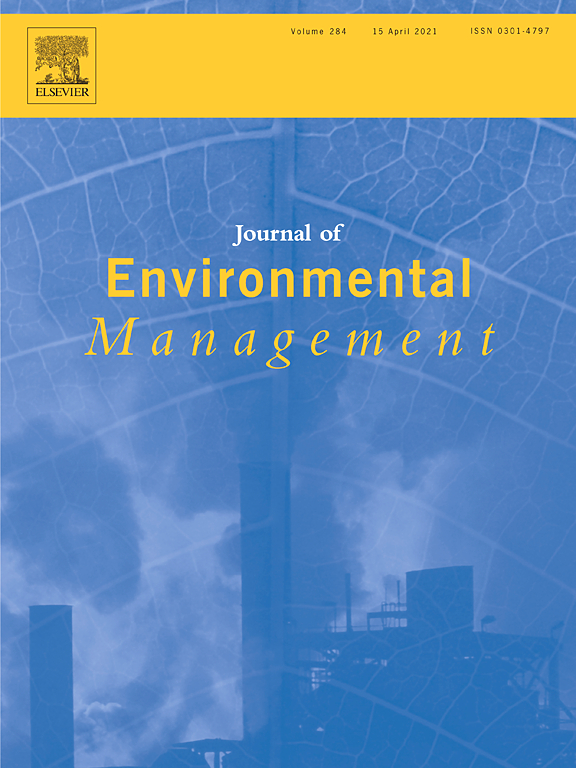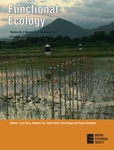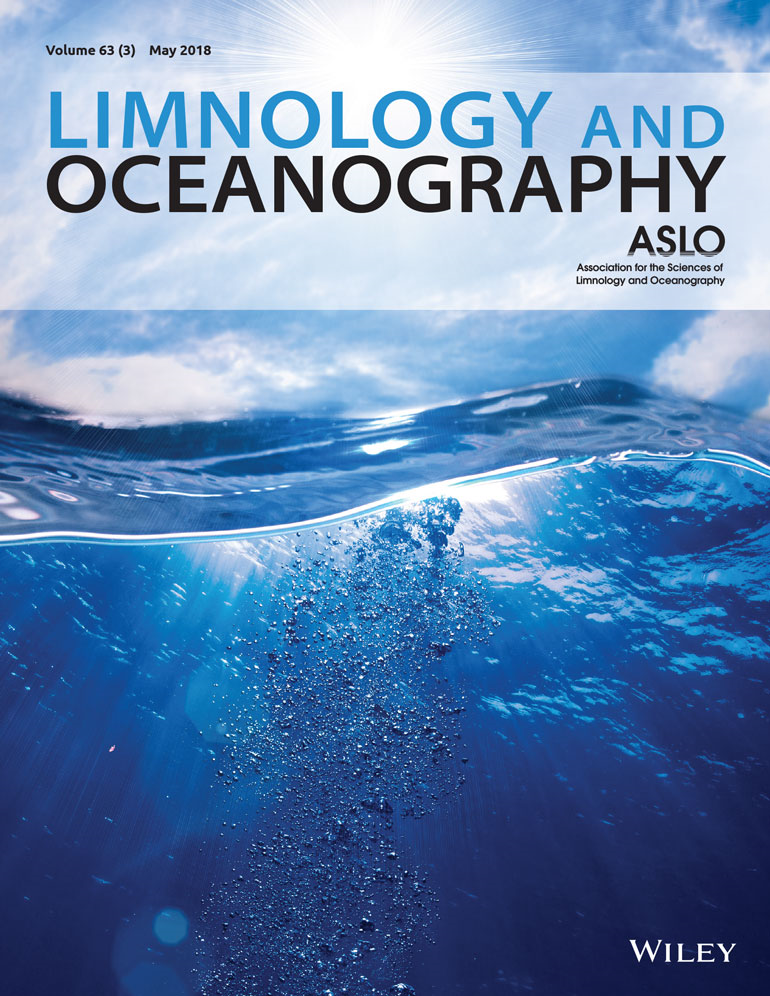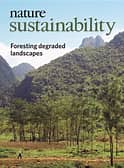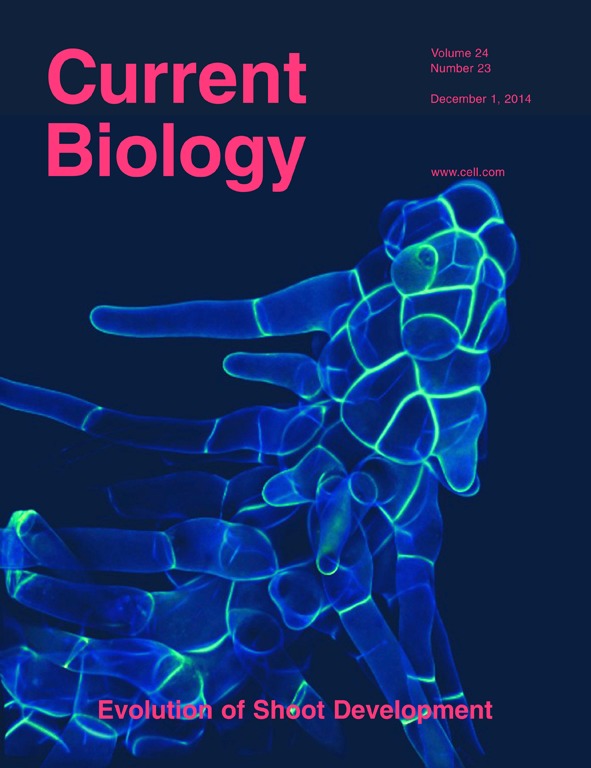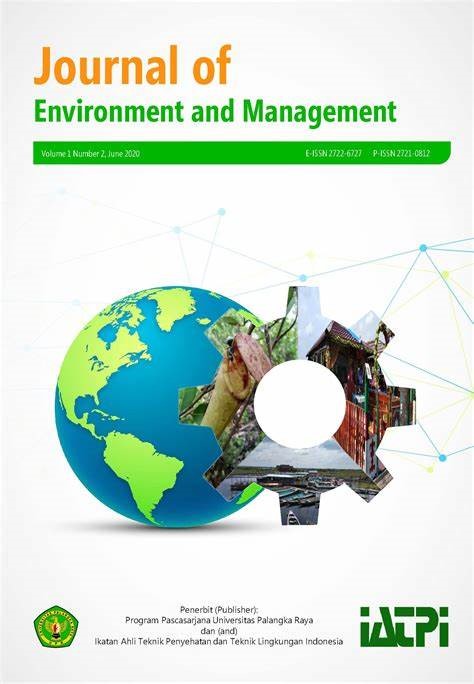- Programme area:2) Ecosystem Services for a Sustainable Future

Variable habitat use supports fine‑scale population differentiation of a freshwater piscivore (northern pike, Esox lucius) along salinity gradients in brackish lagoons
Shedding light with harmonic radar: Unveiling the hidden impacts of streetlights on moth flight behavior
A global systematic map of knowledge of inland commercial navigation effects on freshwater ecosystems
The authors conducted a systematic mapping of the published literature (1908–2021) to provide a global synthesis of the effects of inland navigation on the biotic and abiotic components of freshwater ecosystems. Inland navigation impacts rivers through shipping, infrastructure, and waterway management, causing direct (e.g., waves) and indirect effects (habitat loss, invasions).
Multiple-stressor effects on leaf litter decomposition in freshwater ecosystems: A meta-analysis
By using a meta analytical technique, the authors investigated the effect of multiple-stressors on leaf litter decomposition in freshwaters. The overall interaction between multiple stressors was antagonistic and the magnitude and direction of multiple-stressor interactions depends on factors such as the involvement of macroinvertebrates, habitat type and available resources.
Migrating ripples create streambed heterogeneity altering microbial diversity and metabolic activity
The field study compared sediment characteristics as well as multitrophic diversity and function in two vertical layers of migrating ripples and stationary patches in sandy lowland streams. It indicates that migrating bedforms create streambed heterogeneity by modulating the abundance, diversity, and structure of different trophic guilds of microbial communities and their resource acquisition.
Light over mechanics: microbial community structure and activity in simulated migrating bedforms are controlled by oscillating light rather than by mechanical forces
The authors tested the effect of 3 migration velocities as well as oscillating and constant light conditions on the structure and function of the microbial community residing in sediments from migrating ripple and stationary patches: Light oscillation is the predominating environmental factor during ripple migration, resulting in an increased vulnerability of light-dependent photoautotrophs.
Recreational killing of wild animals can foster environmental stewardship
The authors add a new perspective to the topic of "recreational use of wild animals". The hypothesis is that an emotionally intense interaction between hunters / anglers and wild animals can create a particularly strong sense of responsibility, described as "environmental stewardship". This in turn would be an incentive for many to commit to lifelong environmental and species protection action.
The haplotype-resolved Prymnesium parvum (type B) microalga genome reveals the genetic basis of its fish-killing toxins
The research team has sequenced the complete genome of the microalga from the the Oder disaster 2022 in order to identify future risk factors under which the alga multiplies and produces its toxin. They were able to identify the gene sequences that encode the toxins an important step toward an early warning system.
Inland recreational fisheries contribute nutritional benefits and economic value but are vulnerable to climate change
The research team estimates that recreational fishing in lakes and rivers accounts for more than 11 per cent of the annually reported catches in inland fisheries worldwide. The analyzed total consumption value of harvested fish is around 10 billion US dollars per year. Due to climate change and direct human impacts on freshwater ecosystems, the productivity of important fish species is declining.



